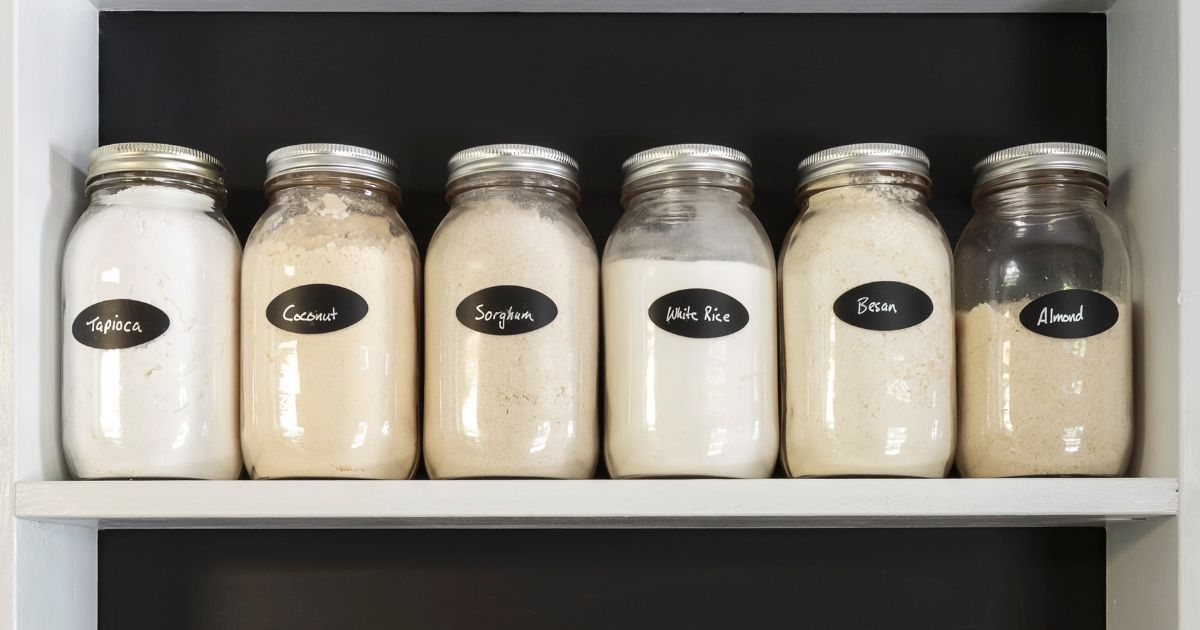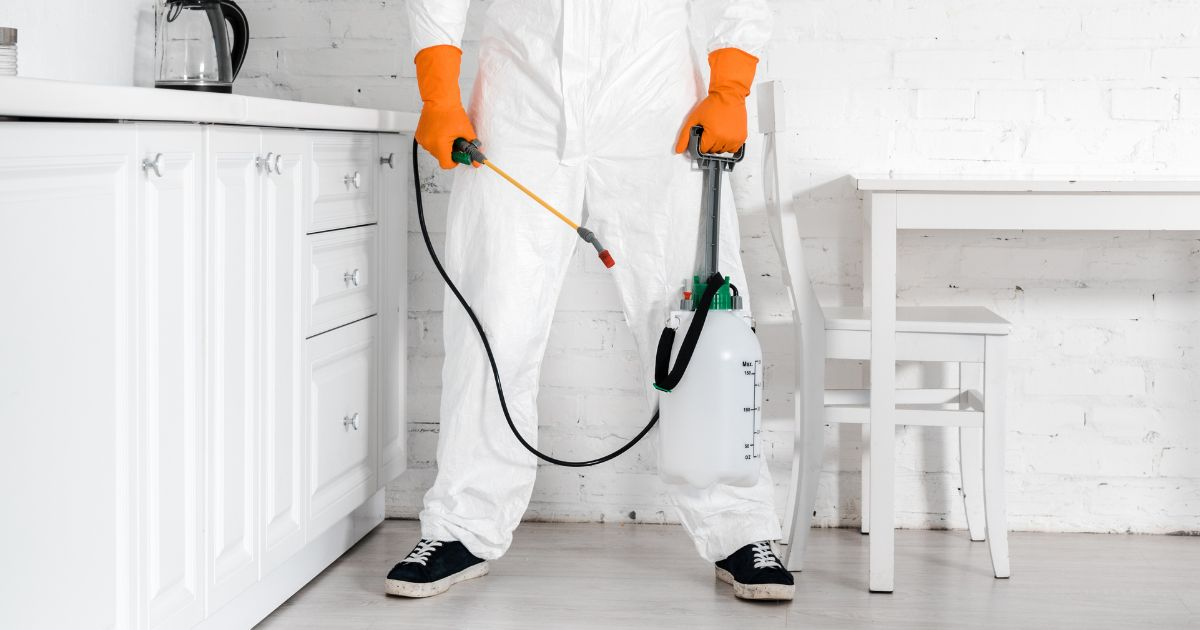As the seasons change, many homeowners notice an uptick in unexpected visitors, particularly pantry rats. Seasonal shifts create ideal conditions for these pests, driving them indoors for food and warmth. Understanding how changes in temperature and weather patterns influence rat behavior is crucial for effective prevention and control.
During fall and winter, pantry rats often invade homes, especially kitchens and storage areas where food is accessible. They can quickly turn a well-organized pantry into a breeding ground for contamination. Awareness of these seasonal patterns can help individuals proactively secure their homes against infestations.
Effective measures include sealing entry points, storing food in airtight containers, and maintaining cleanliness in food storage areas. By implementing these strategies, homeowners can reduce the risk of pantry rat infestations and ensure a pest-free environment throughout the colder months.

Understanding Pantry Rat Behavior
Pantry rats exhibit distinct patterns in behavior that are influenced by their lifecycle and the seasonal changes in their environment. Their breeding cycles and habitat preferences can significantly impact the likelihood of home infestations, particularly during seasonal transitions.
Lifecycle and Breeding Cycles
Pantry rats typically reproduce rapidly, reaching sexual maturity in about five weeks. A female can produce several litters each year, each containing up to fourteen pups.
The breeding cycle is most active when food sources are plentiful during warmer months. These rodents prefer to nest in secluded areas, often near food supplies. Understanding this lifecycle is crucial for managing potential infestations. For effective management and removal, consulting professionals like Critter Stop ensure thorough extermination and prevention of rat infestations.
Seasonal Habits and Habitat Preferences
As seasons change, pantry rats adapt their foraging and nesting behaviors. They seek warmth and shelter in colder months, making kitchens and pantries prime targets.
During warmer months, they are more active outside, but their need for food drives them indoors as temperatures drop. They thrive in areas with abundant food and nesting materials, such as cluttered cabinets and stored grains, making homes vulnerable during seasonal shifts.

Preventative Measures for Pantry Rat Infestations
Taking proactive steps to secure the pantry environment and implement cold weatherproofing techniques can significantly reduce the risk of rat infestations. Implementing specific strategies will protect food supplies from contamination and ensure a clean storage space.
Securing the Pantry Environment
It’s crucial to secure the pantry environment to prevent pantry rat infestations. Begin by sealing all food containers with airtight lids. Materials like glass or hard plastic are ideal for deterring rats from gaining access.
Regularly check pantry shelves for signs of gnawing or droppings. Keeping the pantry clean and free of crumbs is essential. Utilize pest-proof storage bins for grains, cereals, and pet food.
Seal cracks or crevices in the pantry walls and around baseboards using caulk or expanding foam. Rodents can squeeze through very small openings. Inspect door frames and windows for gaps and install weather stripping as needed. Critter Stop offers expert rat extermination services in Texas for persistent infestations, ensuring your pantry remains secure and pest-free.
Cold Weather Proofing Techniques
In winter, rats often seek shelter indoors, making cold weatherproofing vital. Start by inspecting and repairing any leaks in the plumbing that may create moisture. Rats are also attracted to water sources.
Clear outdoor debris and vegetation near the pantry. Keeping a distance between landscaping and the home reduces hiding spots for rodents. Also, store firewood away from the house to limit rodent entry points.
Consider adding traps around the perimeter of the pantry. These traps can catch rodents before they enter. To maintain a sanitary environment, regularly monitor these traps and promptly dispose of caught rats.

Best Practices for Pantry Maintenance
Maintaining a well-organized pantry is essential for preventing rat infestations, especially during seasonal changes. Implementing effective cleaning routines and storage solutions ensures food remains safe and secure.
Regular Cleaning Routines
A regular cleaning schedule helps eliminate potential food sources for rats. Pantries should be cleaned at least once a month.
Key steps include:
- Remove all items: Take everything out of the pantry to assess cleanliness.
- Inspect for damage: Check food packaging for any signs of gnawing or holes.
- Sweep and vacuum: Clear the floor and shelves to remove crumbs and debris.
- Wipe surfaces: Use a mild cleaner on shelves to kill any lingering bacteria and deter pests.
Pay special attention to corners and hard-to-reach areas where food particles can accumulate. If signs of an infestation are found, Critter Stop provides thorough cleaning and rat removal services to restore your pantry's safety.
Food Storage Solutions
Proper food storage can significantly reduce the likelihood of attracting rats. One of the most effective methods is using airtight containers.
Consider the following storage tips:
- Airtight containers: To prevent access, store grains, cereals, and snacks in durable containers.
- Labeling: Clearly label containers to ensure quick identification and to avoid forgotten items.
- Off-the-floor storage: Elevate food items on shelves instead of on the floor.
- Regular inventory checks: Regularly check supplies to avoid over-stocking and to discard expired items.
Implementing these strategies creates a hostile environment for rodents while promoting organized and accessible food storage.
Frequently Asked Questions
Pantry rat infestations can create significant challenges for homeowners, especially during seasonal changes. Understanding the prevention, detection, and elimination methods is crucial for effective management.
What methods are most effective for preventing rats from entering the kitchen?
Sealing all potential entry points, including gaps around pipes, vents, and doors, is essential. Door sweeps and screens can further deter rats.
Can weather changes increase the likelihood of a rodent infestation in my home?
Yes, weather changes can drive rats to seek shelter indoors. Cold temperatures and heavy rainfall can prompt them to invade homes for warmth and food.
What signs should I look for to detect a rat problem in my pantry?
Common signs of a rat infestation include droppings, gnaw marks on packaging, and unusual noises at night. Additionally, a strong odor or tracks may indicate their presence.
Are certain seasons more conducive to rat infestations in residential areas?
Many experts note that rats experience increased activity during the fall and winter. As temperatures drop, rats look for food sources and warmer environments, leading them into homes.
What steps can I take to rodent-proof my food storage areas?
Using airtight containers for food storage is vital. Keeping the pantry clean and minimizing clutter makes it less inviting for rats to settle in.
How can I safely eliminate rats from my pantry without using poisons?
Trapping is an effective method for safe removal. Snap and live catch traps allow for humane capture without toxic substances, ensuring safety for other pets and children.
Protect your property with trusted, humane rat extermination services from Critter Stop. Call 214-380-1667 for 5-star-rated, professional solutions. Ensure your safety and peace of mind today with their expert, reliable care.







